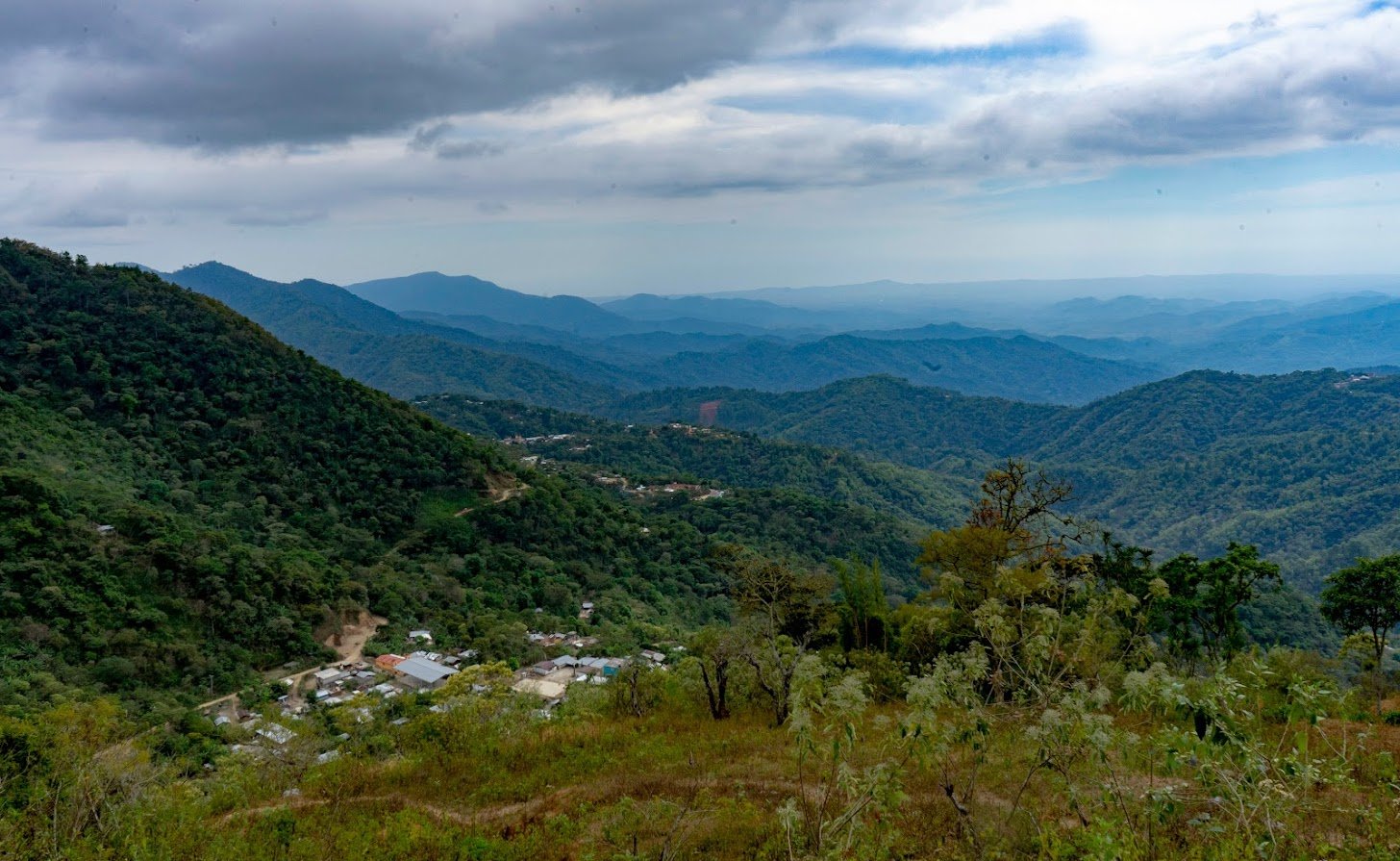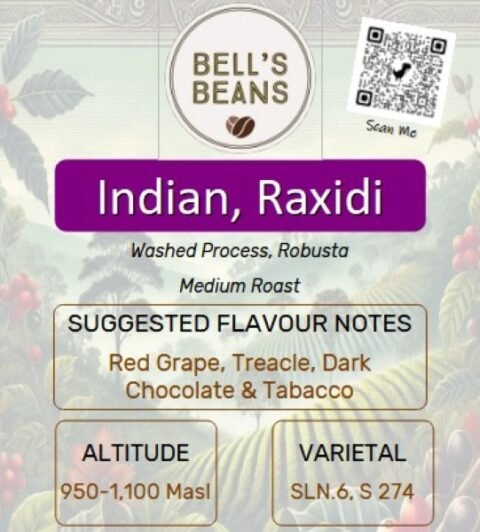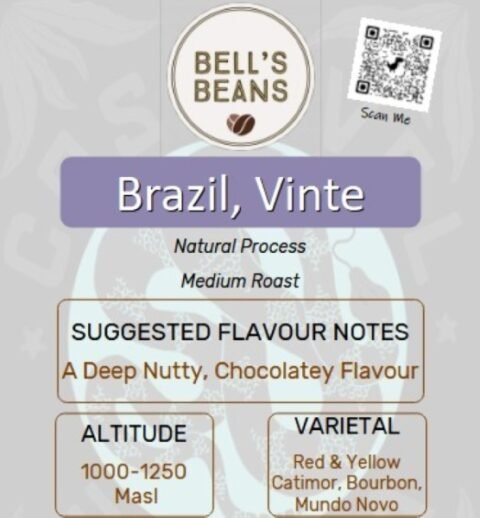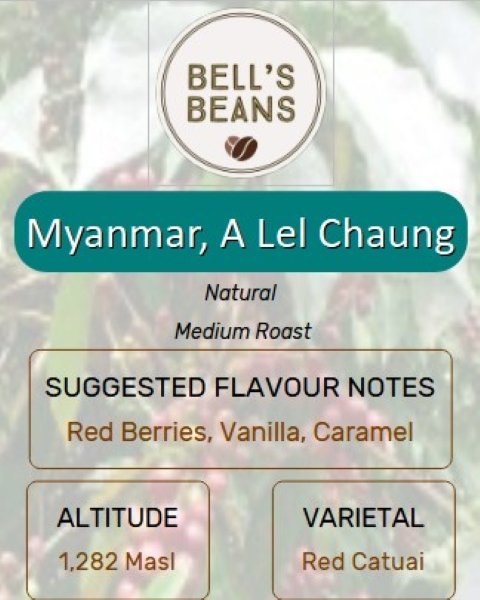Description
About this coffee & Raw Materials
Union San Pedro
The Context
In Mexico, our work is based in Oaxaca and Chiapas. From afar, Mexico is a growing economic force, ranked 64th globally in GDP per capita. However, the coffee-producing states in southern Mexico face a very different economic reality. Oaxaca and Chiapas are the two poorest states in Mexico with poverty rates of 60-80% and extreme poverty rates of 20-40%
Production yields have become dangerously low in these regions. Over the last ten years coffee leaf rust disease and the lack of financial or agricultural means to tackle it has reduced production by up to 90% in some regions. The average yield in Oaxaca is now just 100kg of parchment per hectare. For context, in Colombia, the average yield is 2,400kg per hectare.
The vast majority of Mexico’s 500,000 coffee producers are smallholder farmers and have one hectare or less of land under coffee. This makes the average annual production for many producers just 100kg, making coffee farming more and more unsustainable. This is fuelling widespread migration to urban centres in Mexico and the United States. In short, coffee production is disappearing.
Raw materials work with several producer groups in Oaxaca
These partnerships help improve the overall profitability and viability of coffee production for producers in Oaxaca. Our long term focus is on improving yields and building stable demand at a stable price by connecting roasters with producers. We aim to achieve this in ways that are low-cost, easily replicated, and that ensure the first-order upsides are captured directly by those most marginalised.
To achieve these goals we’ve focused first on building trust and setting a baseline for coffee pricing and pre-financing. Currently, the most common outlet for producers in Oaxaca is to sell their parchment to local intermediaries at a market-set price.
Raw materials aim to consistently pay upwards of this standard market price as a first payment.
Following this is a second, quality-based price that increases total profit earned per kg by between 7 and 10 times. This has been self-identified as the most impactful role we can play in the short term. Paying in this way provides rapid, predictable returns on investment made by producers and can increase household income from coffee by up to 10 x the average income derived from selling at the local market price.
Located close to the Pacific coast, the Sierra Sur is home to the famous Pluma Hidalgo variety. Here we are working with Salomon Garcia and Union San Pedro. They are the most formalised, organised group we work with in Mexico and provide a strong model for other associations. Union San Pedro has built demonstrative fields, alternate cash crops and employment programs for young people as an
Union San Pedro
Is an association of eight smaller sub-associations that represent eight communities located around the town of San Pedro El Alto in Oaxaca’s Sierra Sur mountain range. The Sierra Sur lies to the south of Oaxaca city, toward the Pacific Ocean and the southern slopes roll down towards the west coast of the state.
Union San Pedro represents around 180 coffee producing families and is coordinated by Salomon Garcia. Salomon is originally from Xanica, one of the eight communities of San Pedro and he helped to establish the association back in the early 2000’s. Along with the original leadership group, Salomon went on to found UNTAO to support the production of San Pedro as the association grew. UNTAO, which stands for Unión Nacional de Trabajadores Agrícolas Oaxaqueños, is the co-operative owned exporter and dry mill that we use to mill our coffees in Oaxaca city.
In the last few years Salomon has returned his focus back to the producers of San Pedro full time to try and tackle some of the issues facing coffee farmers in Oaxaca today. Under Salomon’s leadership the association has funded demonstrative parcela’s or small farms for each sub association to experiment with different varieties and farming techniques to improve the low yields that are common in Oaxaca. Likewise, the association has built several coffee nurseries to supply its members with high quality seedlings, a real rarity for most producers here.
Most significantly, Salomon has focused Union San Pedro on a concerted program of reforestation and diversification. This has taken the form of ‘bosques comestibles’ or edible forests comprising alternative food crops such as vanilla, cinnamon, cardamom and cacao. As well as improving the health of the land and soil, these crops provide important further revenue streams and capital for Union San Pedro.
Many young people are forced to leave the region in search of work and the average age of producers is increasing. Part of the strategy around developing the infrastructure in San Pedro is to provide jobs and opportunities in the nurseries, parcelas and edible forests for the young members, to slow the rate of outward migration.
The average farmer in San Pedro has between 1-4 hectares of land and generally a very small production of coffee like most producers in Oaxaca. This lot comprises coffees from seven producers from three of the sub associations; Los Naranjos, Tierra Blanca and Malvavisco. Coffees are pulped, usually with a hand pulper and fermented in wooden tanks.
The coffee is a mix of two varieties that are very typical to the Sierra Sur, Mundo Novo and Pluma Hidalgo. Pluma Hidalgo is a variant of the Typica variety and was developed in the Sierra Sur, in the town of Pluma Hidalgo just a few miles from San Pedro.
Region: Sierra Sur, Oaxaca
Country: Mexico
Altitude: 1450-1900 MASL
Variety: Mundo Novo and Pluma Hidalgo
Process: Washed
Information and pictures sourced from Raw Materials coffee
How to store coffee at home
To keep your coffee as fresh as possible, you need to protect your coffee from air, sunlight, heat, and moisture. These all will contribute to making it stale and lose flavour.
We suggest keeping your coffee in an airtight container, in a cool, dry cupboard. Our bags all have a de-gassing valve, to let out CO2 that the beans produce once roasted, it’s not just there to sniff the coffee, and a reusable ziplock. So if you don’t have a fancy coffee jar just push the air out the bag, zip the lock and give the bag another squeeze to get any remaining air out.
Do not store your coffee in the fridge. Roasted coffee absorbs moisture from the air (hygroscopic) and will also take up surrounding aromas. The aromas and moisture levels in the fridge will react with the coffee and delicate flavours will deteriorate.
Need help on which grind size? Click here
News Letter
Fancy 15% off a coffee order? Then sign up to our news letter for a discount code, along with being the first to know about new coffees, special offers, tips and tricks.
Want to know more about Bell’s Beans?







Reviews
There are no reviews yet.